How does the colour blue make us feel? Are we bound to have a strong reaction to seeing red? Does green represent fertility or envy? Colour in cinema has a myriad of utilities, both practical and artistic. Colour can be associative, representing a character or a time-frame, it can be used to evoke an emotional response from the audience or to represent a transition within the narrative. There are no set rules when it comes to colour theory and the application of colour in cinema.
Psychologically speaking, it is certainly understood that we will have a particular reaction to certain colours, although context is everything. Green can represent fertility or a fresh beginning, but it can also represent envy or greed. Filmmakers use colour to manipulate our emotions and to signify certain themes that they wish to divulge. Some do this more vividly than others, but there is no denying that a film’s colour palette would be decided and planned long before the first frame is shot.
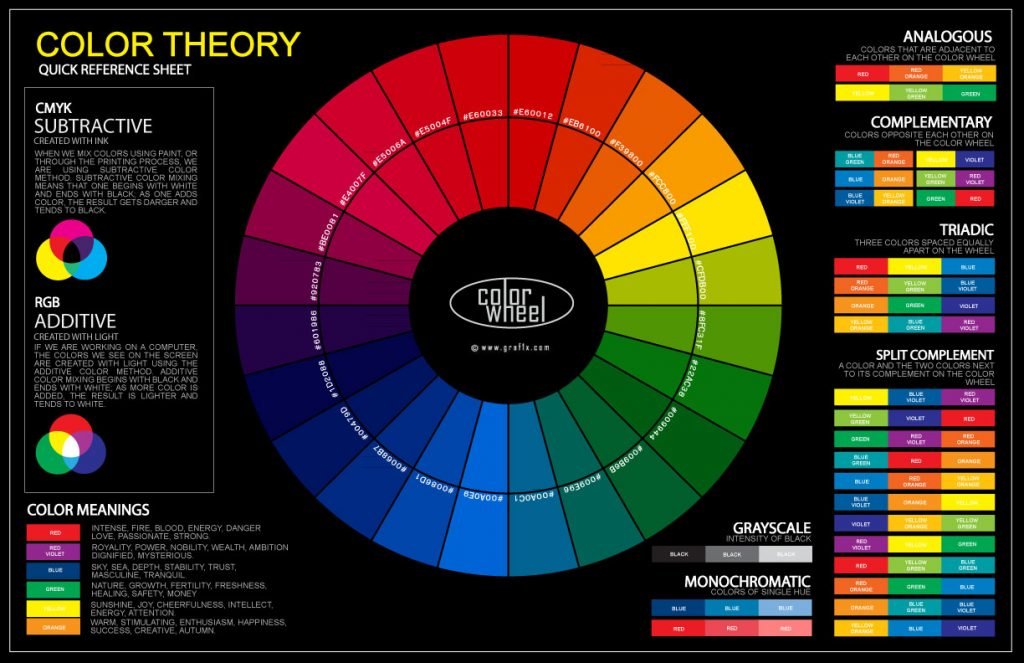
The moving image was popularised at the turn of the 20th Century and it was not until around 1929 that the first colour film stocks were used in cinema. Before this, some filmmakers hand-painted individual film cells to assimilate colour, but it was not until after the second world war that colour film began to dominate the medium.
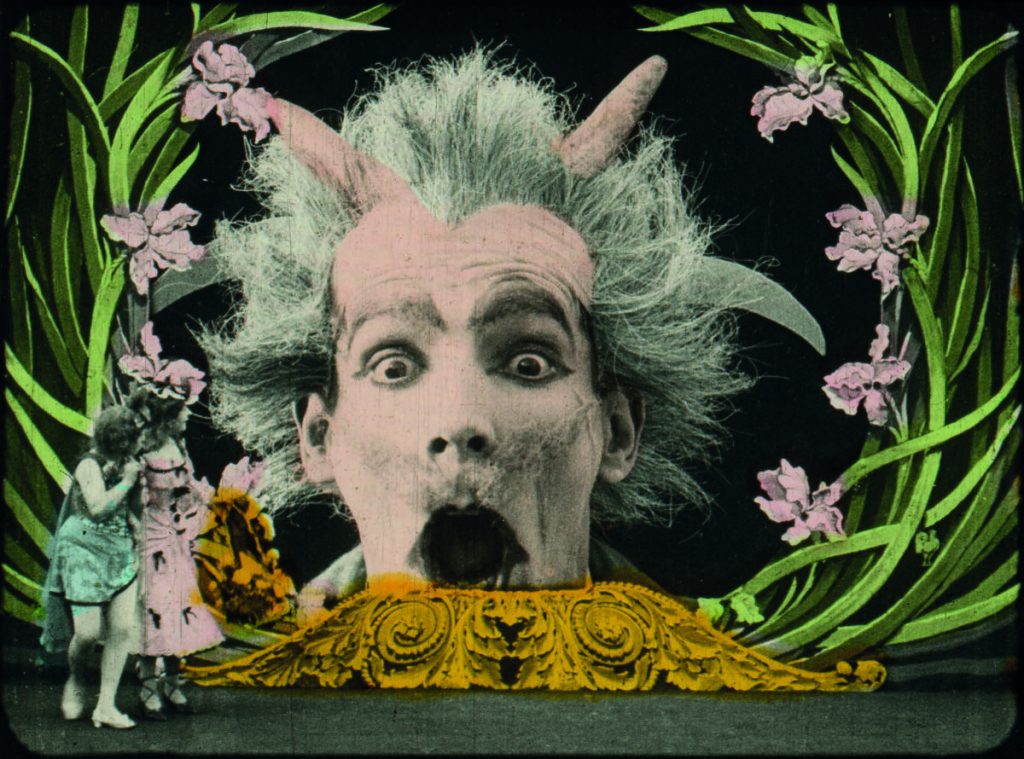
Over the past few months, we have edited several montage videos that celebrate different colours and their application in movies. Keep on scrolling to see all of these short videos, which we feel cover the main hues of the cinematic colour spectrum.
Colour in Cinema: Red
Red is an extremely powerful colour and is often associated with danger and blood in the negative aspect and conversely love and joy in the positive. An extremely stark hue, red has many different uses and values, which range from light pink to deep maroon. Filmmakers can be very sparing with this loud and attention-grabbing colour, or as seen below, they can saturate the screen with it for maximum effect as in Kill Bill Vol. 2 (2004).
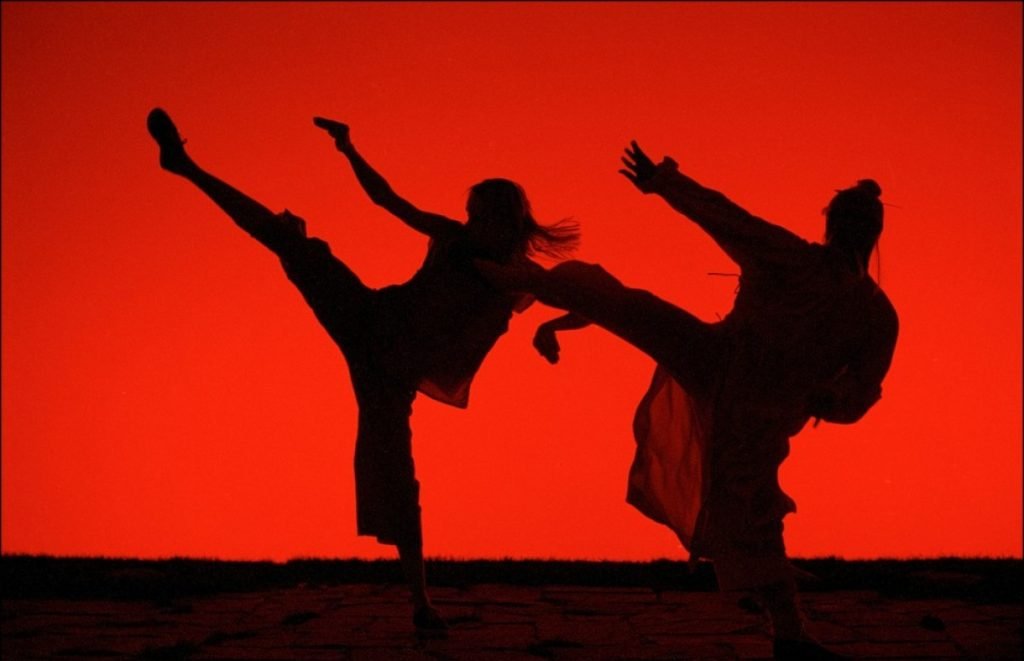
The colour red has lots of symbolic interpretations life, health, vigour, war, courage, anger, heat, love and religious fervour. The common denominator is deep emotion and passion.
Colour in Cinema: Blue
Blue is traditionally a very serene colour that is ubiquitous in our daily lives. The sky is blue, and therefore the sea is often represented as blue. This is also the colour of depression and associated with the term “the blues”, which is also one of the major genres of 20th Century music. Blue can be a very cool and calming colour, the antithesis of red and, when used appropriately, can be just as effective, as seen below in this beautiful shot from La La Land (2016).
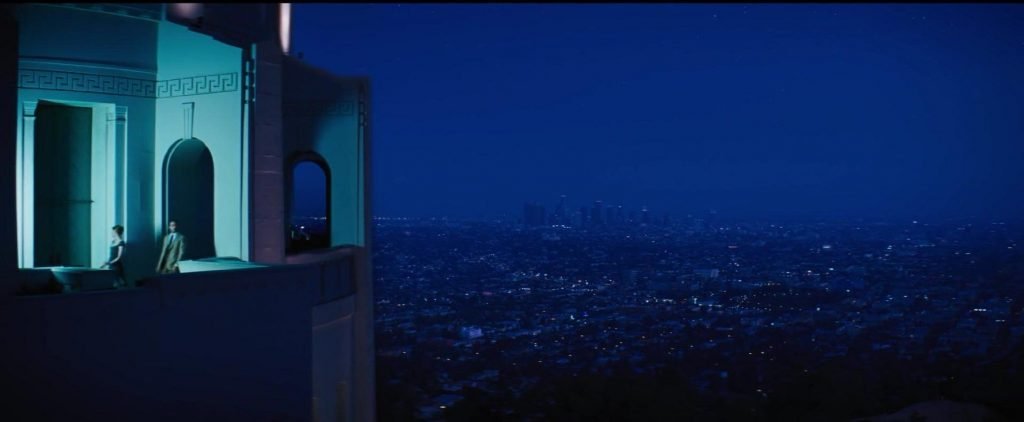
The colour blue can represent introspective journeys and symbolizes wisdom and deeper understanding. It is also a symbol of depression and the depths of the human psyche. Blue can represent serenity rather than passion, and it’s the colour of all that is constant.
Colour in Cinema: Green
Another ever-present colour of nature, green, is a subtle colour that has many interpretations and uses. As I have mentioned above, it can be used to represent both negative and positive values (as can most colours) and is often associated with nature and the environment. However, as seen in this still below, it can be used to bathe an urban setting that would usually be grey and colourless like the concrete it is made of, transforming the location and imbuing it with a more emotional inference.
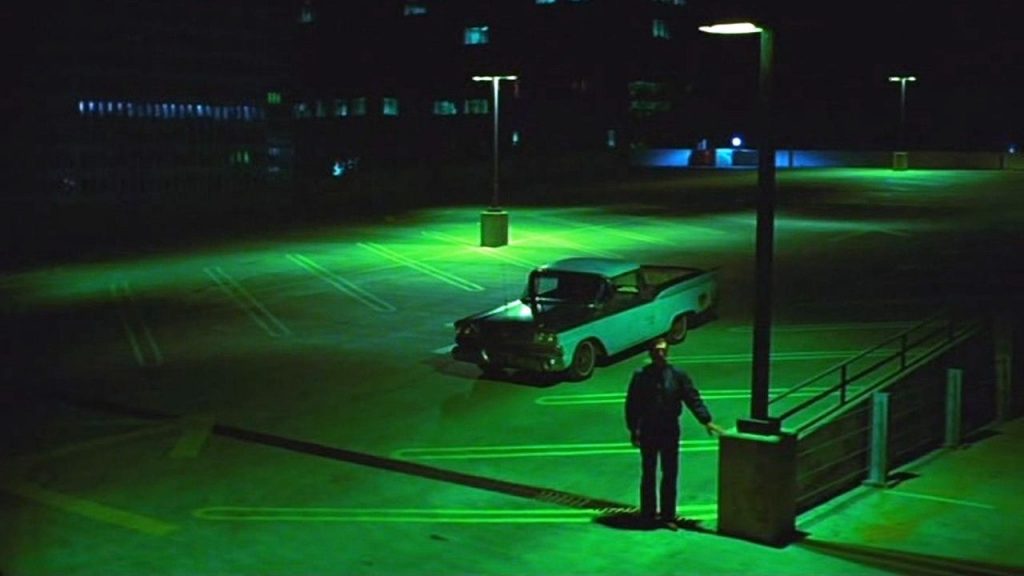
The colour green can represent nature and the natural world. Perhaps because of its strong associations with the environment, green is often thought to represent tranquillity, good luck, health, and jealousy. Researchers have also found that green can improve reading ability.
Colour in Cinema: Yellow
One of the most striking colours on the spectrum, yellow, can be extremely powerful and used to represent various moods, emotions and associations. Wes Anderson has used this colour to great effect in many of his films, perhaps most notably in the short film Hotel Chevalier (2007), which was used as a prologue to the feature The Darjeeling Limited (2007).
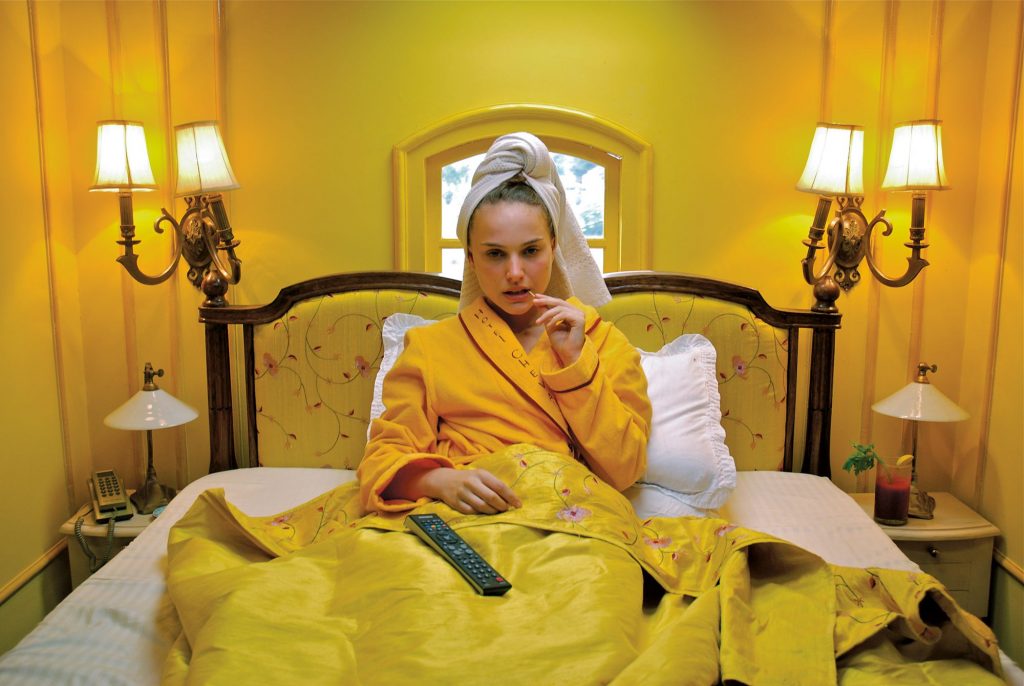
The colour yellow can represent freshness, happiness, positivity, clarity, energy, optimism, enlightenment, remembrance, intellect, honour, loyalty, and joy, but on the other hand, it can represent cowardice and deceitfulness. A lower value yellow may represent caution, sickness or jealousy.
Colour in Cinema: Purple
A combination of red and blue, the colour purple tends to stand out and command attention, as does red, yet it also can be used to express a certain amount of serenity similar to blue. Less widely used than either of its primary parent colours, purple is often associated with religion, royalty, mood shifts and the mystical. In this example, from the film Vertigo (1958), Hitchcock uses this colour to represent James Stewart’s character’s psychological state as he falls asleep and begins a stressful dream that develops into a nightmare. You can read a full analysis of this scene by us here.
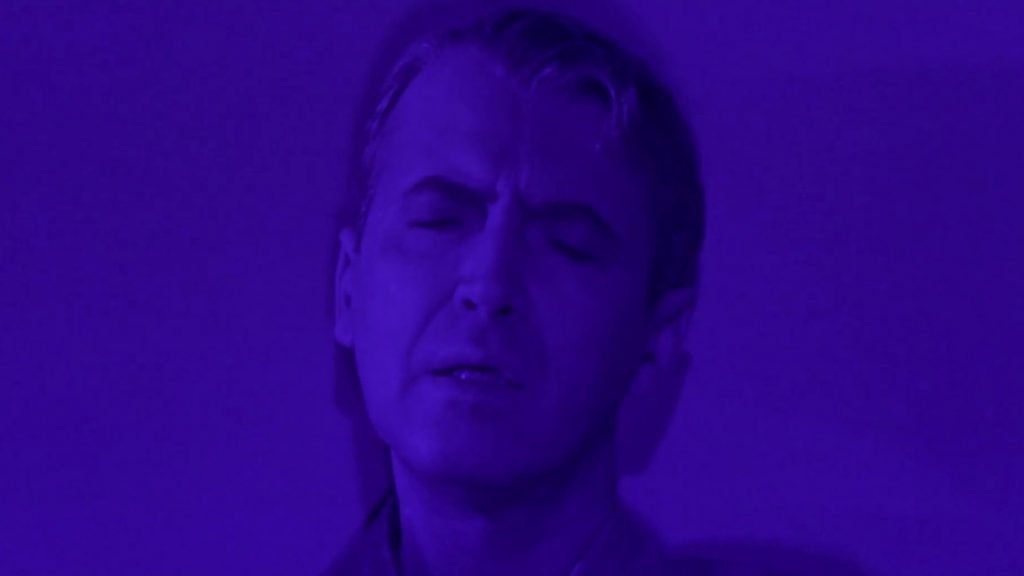
The colour purple can represent royalty, nobility, luxury, power, and ambition. Purple also represents meanings of wealth, extravagance, creativity, wisdom, dignity, grandeur, devotion, peace, pride, mystery, independence, and magic.
Colour in Cinema: Orange
Another amalgamated colour, orange, derives from a combination of red and yellow, and like its parent colours, it is often associated with danger, pain, warmth and power. Often seen in sunset shots and in natural settings, orange can also be used to represent individuality and creative freedom. It is often associated with Halloween, autumn, energy and heat, as can be seen below in this example from Revenge of the Sith (2005).
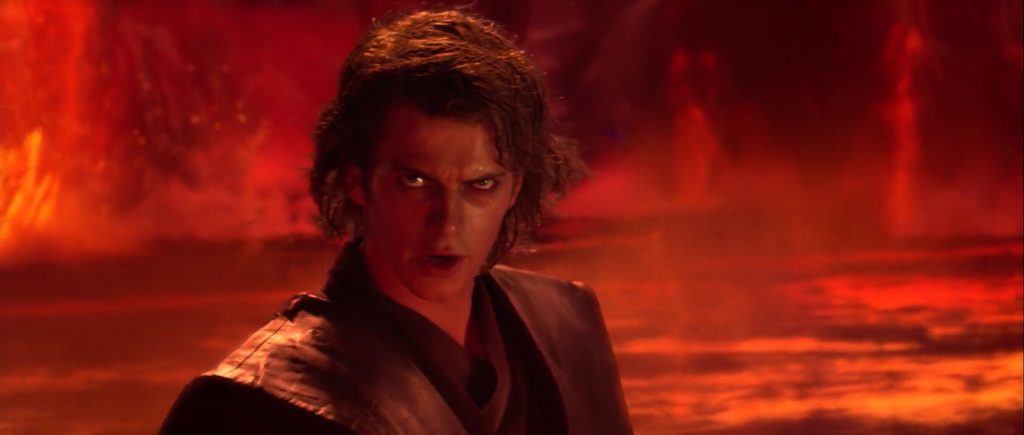
The colour orange can represent joy, warmth, heat, sunshine, enthusiasm, creativity, success, encouragement, change, determination, health, stimulation, happiness, fun, enjoyment, balance, sexuality, freedom, expression, and fascination.
Colour in Cinema: Black & White
Acting as bookends on the colour spectrum, black and white are at times both considered to be non-colours. Black representing a lack of light and white representing a complete saturation of it. In monochrome film, the term black and white is associated with non-colour movies, but here we have chosen to highlight the application of these colours within a colour film. Elemental by their very nature, these colours often represent the past, an end to things and new beginnings. Below we see a scene from The Big Lebowski (1998), which pays tribute to the Busby Berkeley dance numbers of early to mid 20th Century and uses black and white to evoke this atmosphere of a previous era in cinema.
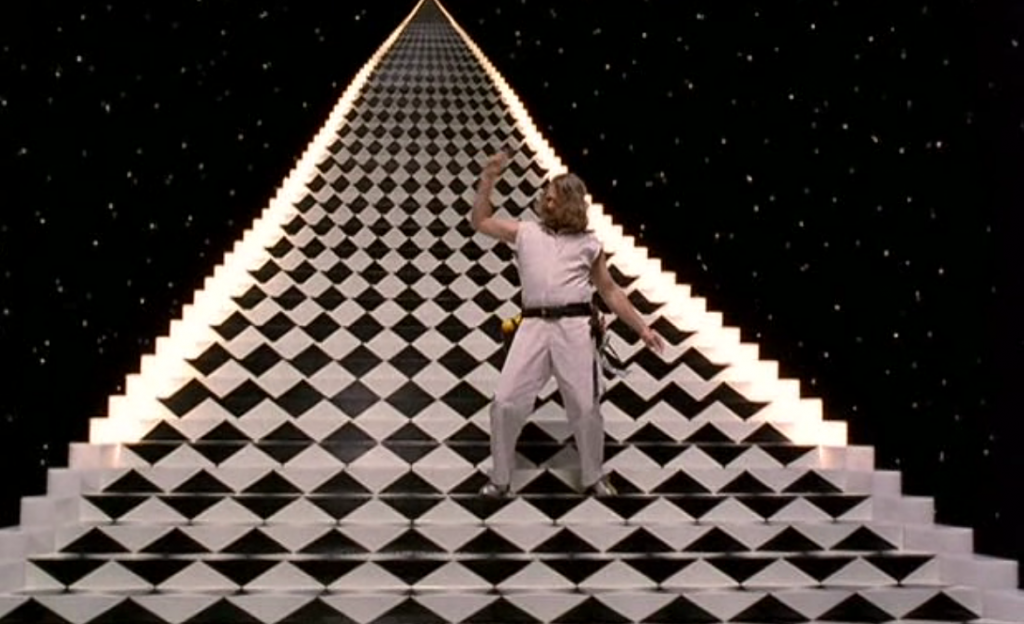
Using black and white as a lack of colour can represent the fundamental make-up of our lives and world. White is pure light, and black is the absence of light. In many cultures, these two non-colours are associated with life and death rituals.
What did you think of our Colour in Cinema article?
You can read more of our articles here.
Please join in ‘the conversation’ with us on social media on Facebook, Instagram, Tik Tok and Twitter. We really appreciate all the likes, shares, retweets etc., and we would love to hear from you and continue the wonderful celebration of all things cinema on these platforms.
If you love to watch videos on YouTube, then please subscribe to our channel here. There’s lots of fun and informative videos uploaded that we hope you will enjoy!
We have a passion for movies and aim to produce entertaining and informative movie-related content. It certainly is a lot of hard work, but we love films so much that it’s worth all the effort. We have to keep the lights on and make sure we have plenty of caffeine to keep all of the articles, videos and social media posts coming, so if you like our work, then please consider supporting us at Buy Me A Coffee here. You can also become a More Movies patron on Patreon here.
To help support us here at More Movies, we do use advertising in a few places, so we appreciate it if you do not use AdBlockers on our site, as this helps keep a few pennies trickling in. We also utilise affiliate links throughout the site, usually to help guide our readers to places to stream, rent or buy the movies we talk about. One of the biggest sources for movies online is Amazon Prime Video, where you can stream over 18,000 films. If you are interested in Prime and haven’t signed up yet, you can get a 30-day free trial via this affiliate link, which helps support us too.


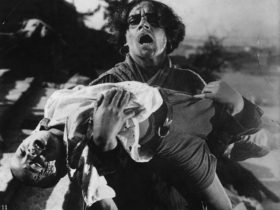


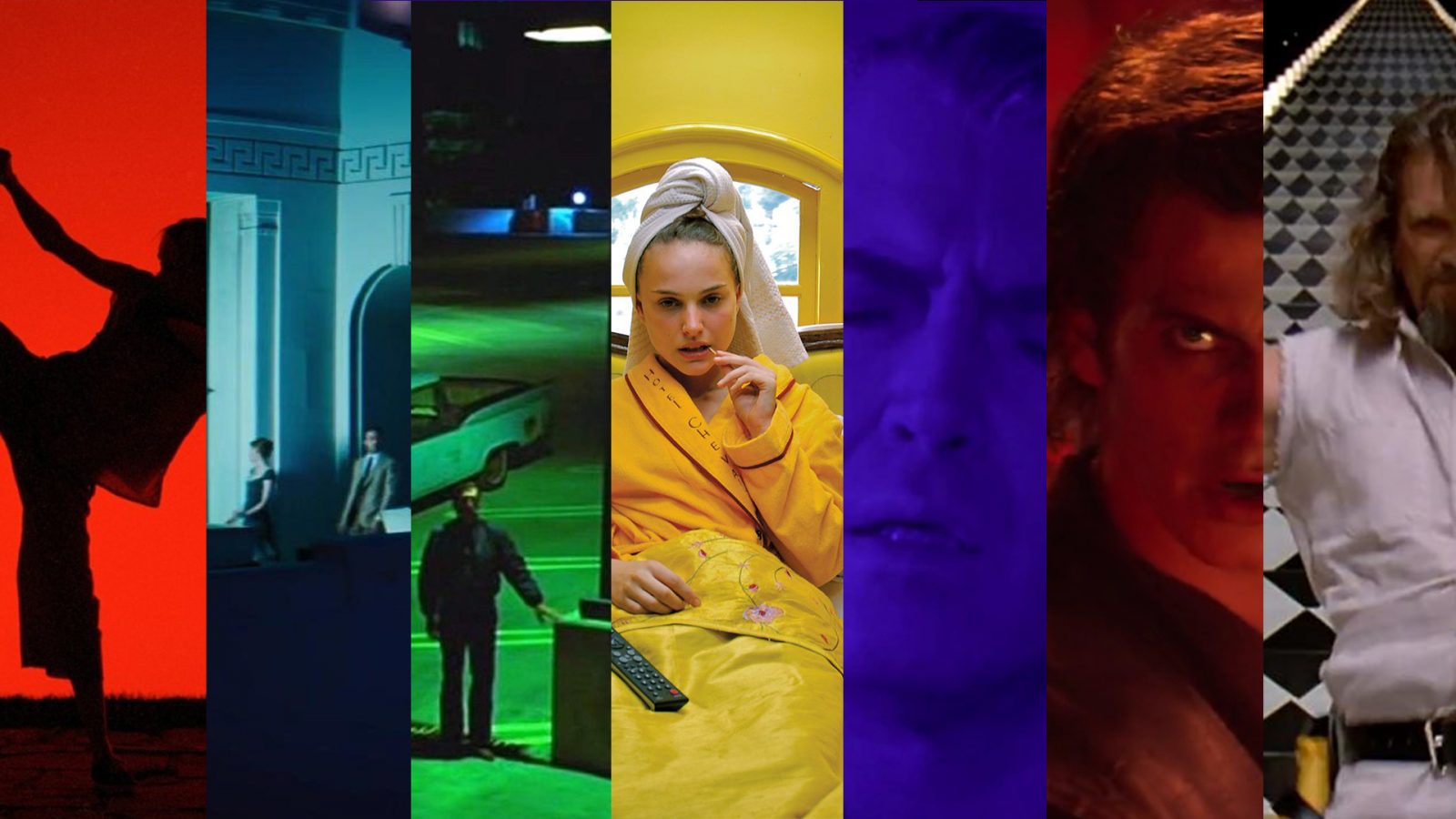






Leave a Reply